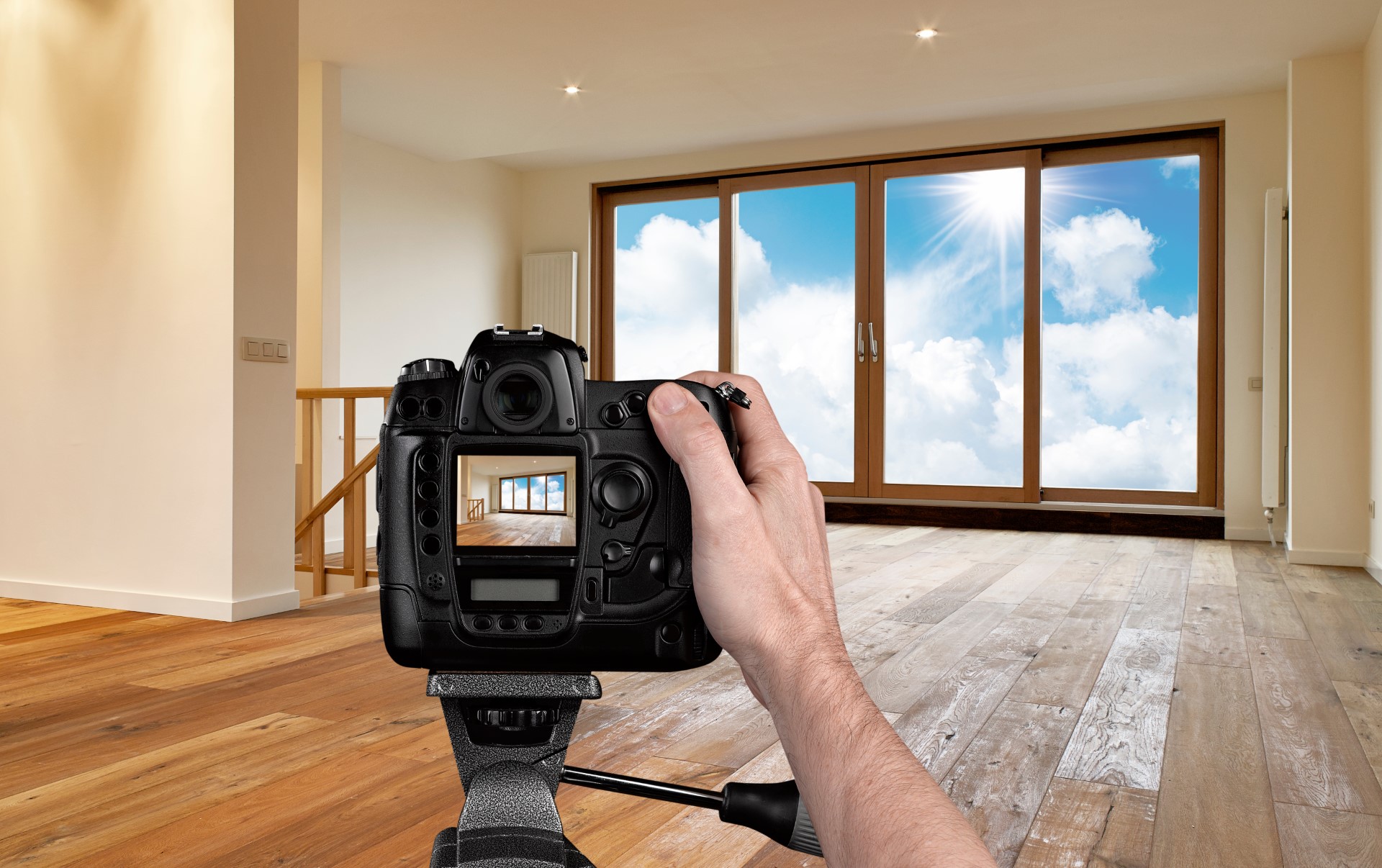Real estate photography is a specialized form of photography that requires a keen eye for detail and a thorough understanding of the different photography techniques available. Two popular techniques used in real estate photography are flash and HDR photography. Both have their advantages and disadvantages and understanding these can help you make the right choice for your project. In this article, we will explore the pros and cons of using flash and HDR photography techniques in real estate photography.
- Flash Photography: What is it and how does it work? Flash photography is a technique where a flash unit is used to produce a burst of light to illuminate the subject being photographed. This technique is useful when the lighting conditions are poor or when you need to highlight specific features of the property. The flash can be mounted on the camera or positioned separately to provide more flexibility in terms of positioning.
- The Pros of Using Flash Photography in Real Estate Photography Flash photography is great for highlighting specific features of the property, such as architectural details, and for bringing out colors and textures. It is also useful in low-light conditions when natural light is not sufficient to capture the desired effect.
- The Cons of Using Flash Photography in Real Estate Photography One of the main drawbacks of flash photography is that it can create harsh shadows and reflections. This can be particularly problematic when photographing reflective surfaces such as windows and mirrors. The use of flash can also make the images look unnatural and can create a flat, washed-out appearance.
- HDR Photography: What is it and how does it work? HDR (High Dynamic Range) photography is a technique where multiple images of the same subject are taken at different exposures and then combined into a single image. This technique is useful when the lighting conditions are challenging, such as when there are bright areas and dark areas in the same shot.
- The Pros of Using HDR Photography in Real Estate Photography HDR photography is great for capturing details in both bright and dark areas of the image. It can also create a more natural-looking image as it can capture a wider range of tones and colors than traditional photography.
- The Cons of Using HDR Photography in Real Estate Photography One of the main drawbacks of HDR photography is that it can produce images that look overly processed or artificial. This can be particularly problematic if the aim is to create a natural, realistic image of the property. It can also be time-consuming to produce HDR images as multiple shots need to be taken and then merged.
- Choosing the Right Technique for Real Estate Photography When choosing between flash and HDR photography, it is important to consider the type of property being photographed, the lighting conditions, and the desired effect. For example, flash photography may be more suitable for capturing details of a property’s architecture, while HDR photography may be better for capturing the overall feel of a room.
- Other Factors to Consider in Real Estate Photography In addition to choosing the right photography technique, there are other factors to consider in real estate photography. These include the angle of the shot, the composition of the image, and the use of props and staging.
- Hiring a Professional Real Estate Photographer While it is possible to take good real estate photos yourself, hiring a professional real estate photographer can take your photos to the next level. A professional photographer will have the expertise and equipment necessary to capture the property in the best possible way.
FAQs
Q: Do I need to use flash or HDR photography for real estate photography?
A: The choice between flash and HDR photography will depend on the type of property being photographed, size of the property, the lighting and some other conditions.
Q: Can I use both flash and HDR photography in the same shot?
A: Yes, it is possible to combine both techniques to create a well-exposed image with good detail and color. However, it requires skill and experience to use both techniques effectively without creating an unnatural-looking image.
Q: Should I edit my real estate photos?
A: Yes, editing your real estate photos is important to enhance the image’s overall quality and appeal. Editing can include adjustments to color, contrast, and exposure, as well as removing any unwanted objects or distractions.
Q: How many photos should I take of a property?
A: It is recommended to take at least 20-30 photos of each property to capture all the important features and details.
Q: How can I make my real estate photos stand out?
A: To make your real estate photos stand out, consider using unique angles, highlighting specific features of the property, and adding props or staging to create a welcoming and attractive atmosphere.
Q: What equipment do I need for real estate photography?
A: Basic equipment for real estate photography includes a camera, tripod, and wide-angle lens. Additional equipment such as flash units and HDR software may also be necessary depending on the desired outcome.
In conclusion, choosing the right photography technique is essential for capturing high-quality real estate photos. Both flash and HDR photography have their pros and cons, and it’s important to consider the type of property being photographed and the desired outcome when choosing between the two. Hiring a professional real estate photographer can also help take your photos to the next level and create a more attractive and appealing representation of the property.

BIG PICTURE 360 IS A PHOTOGRAPHY
Learn more about our real estate photography, virtual tours, and drone photography services.

